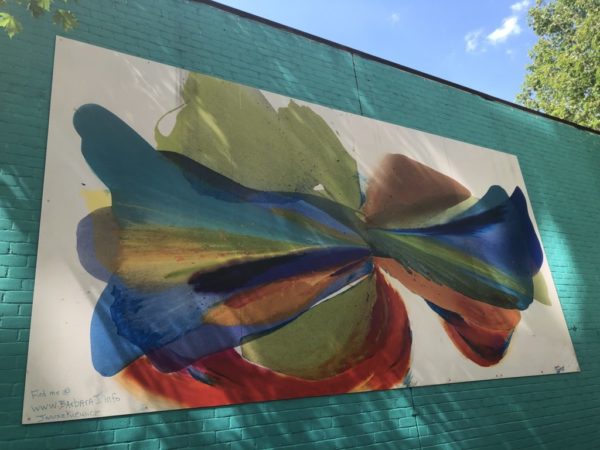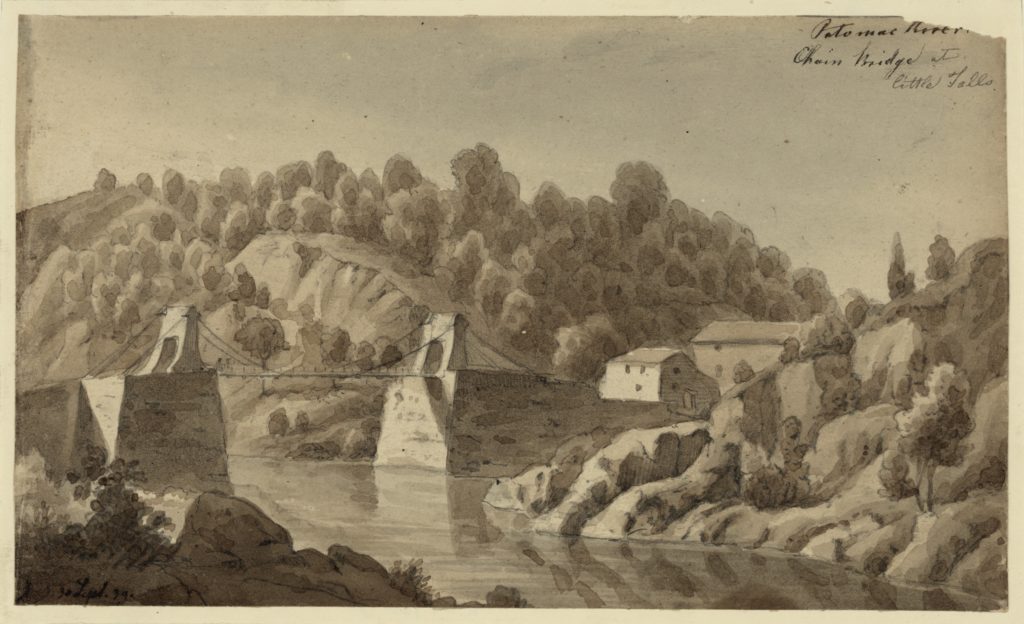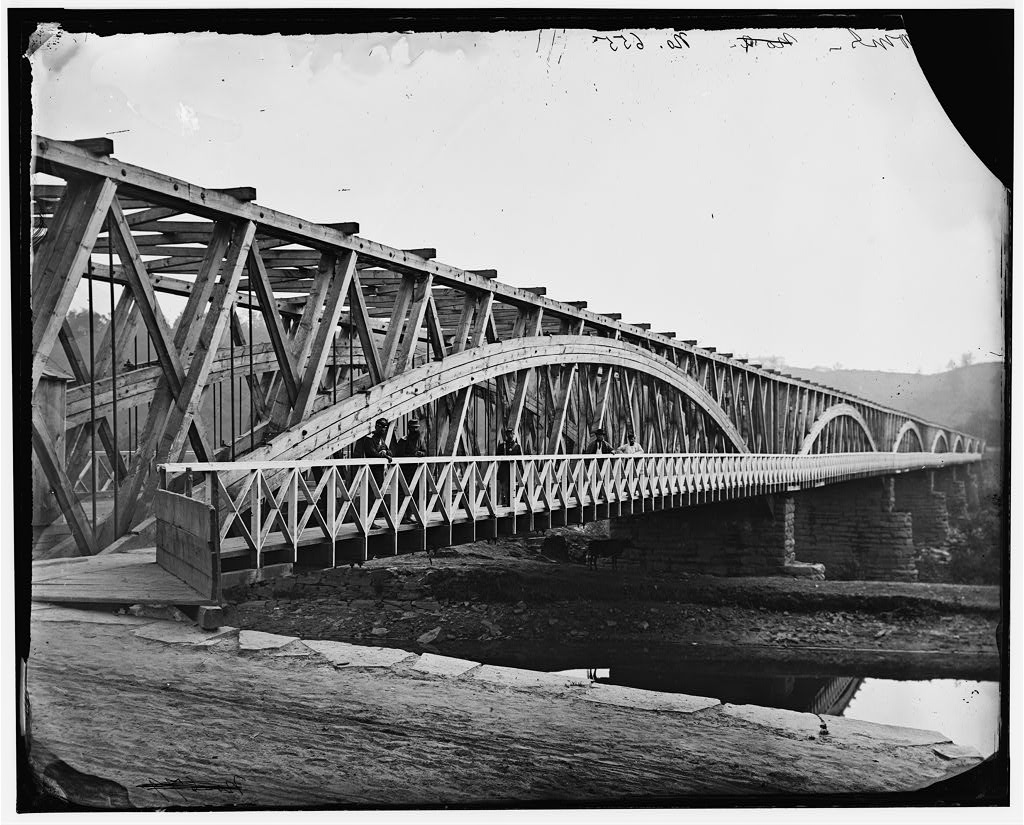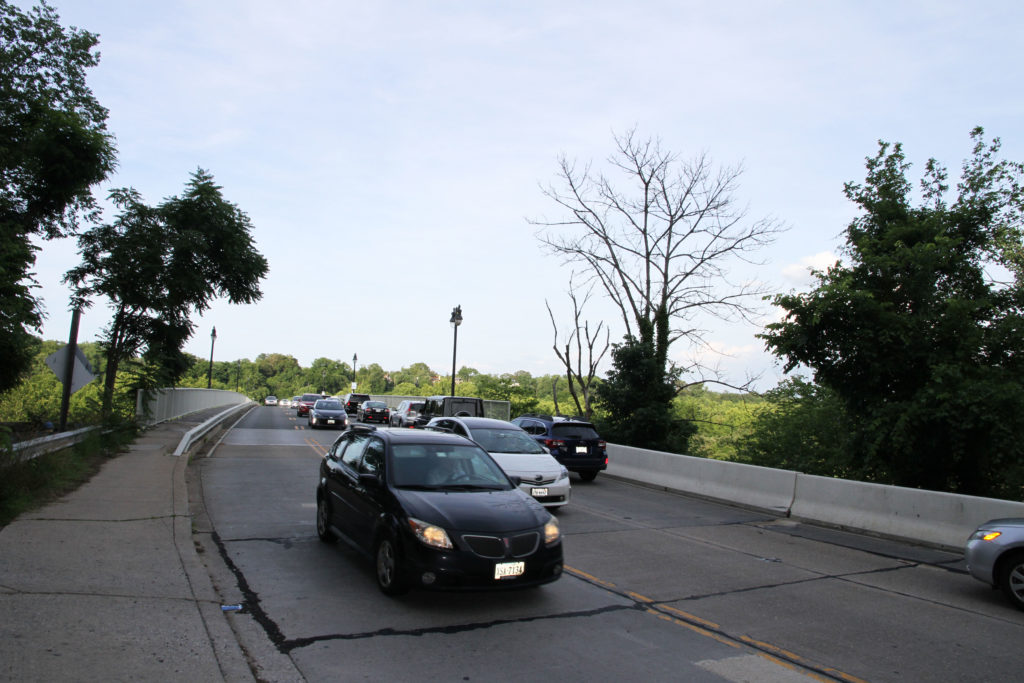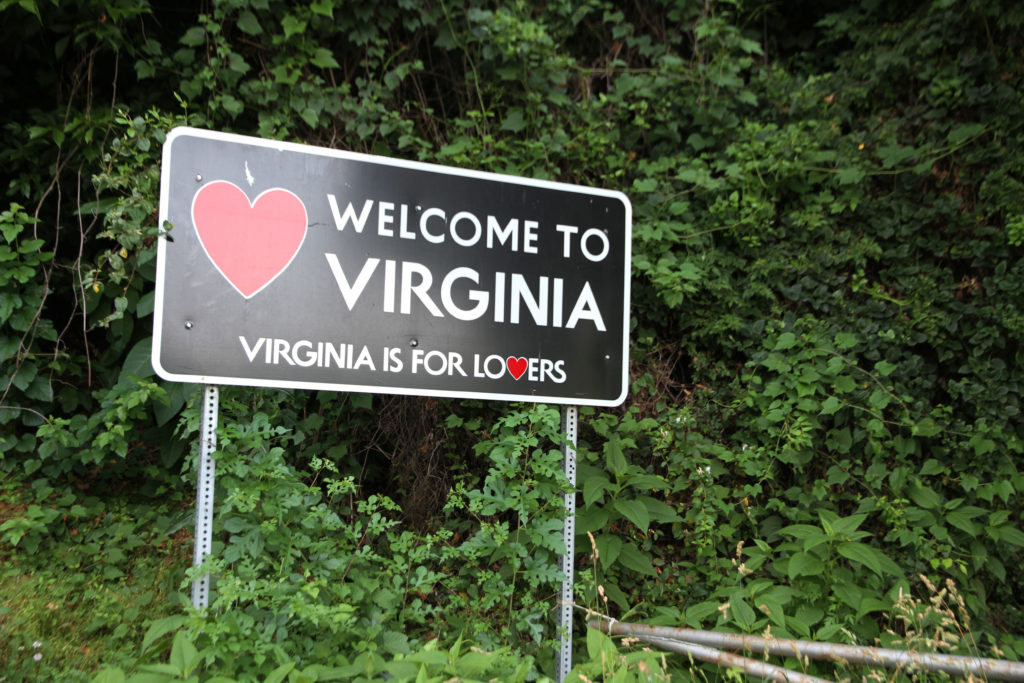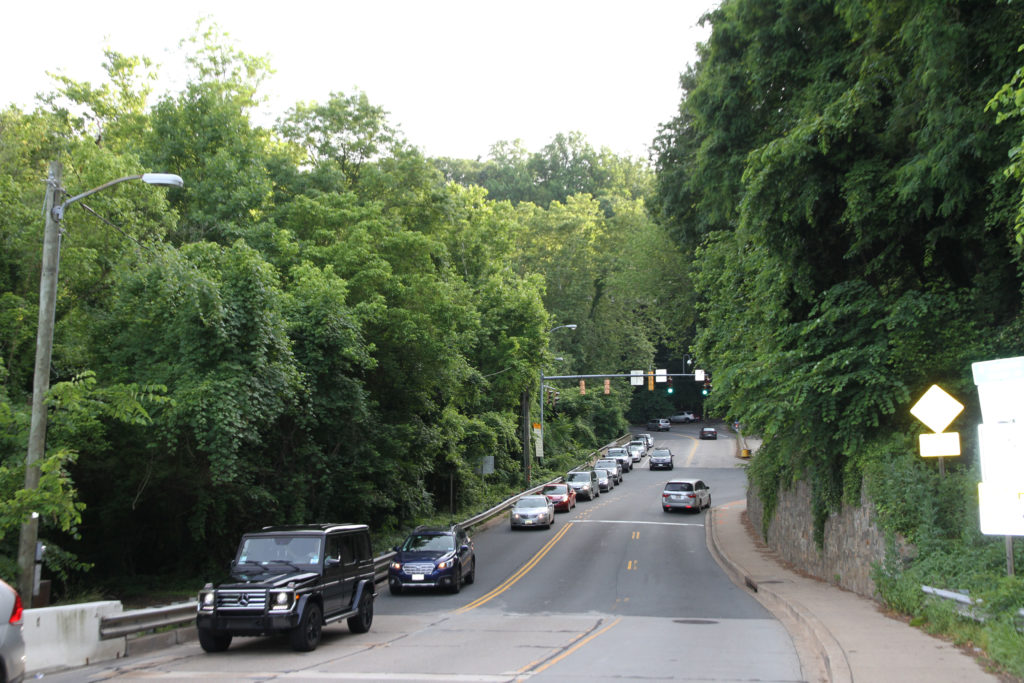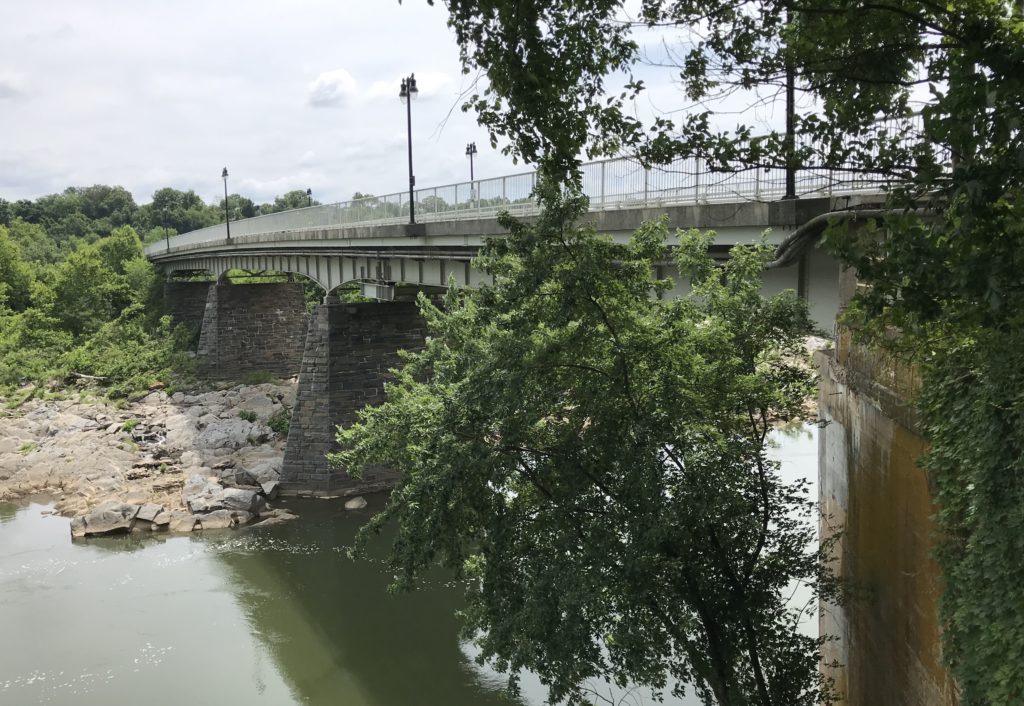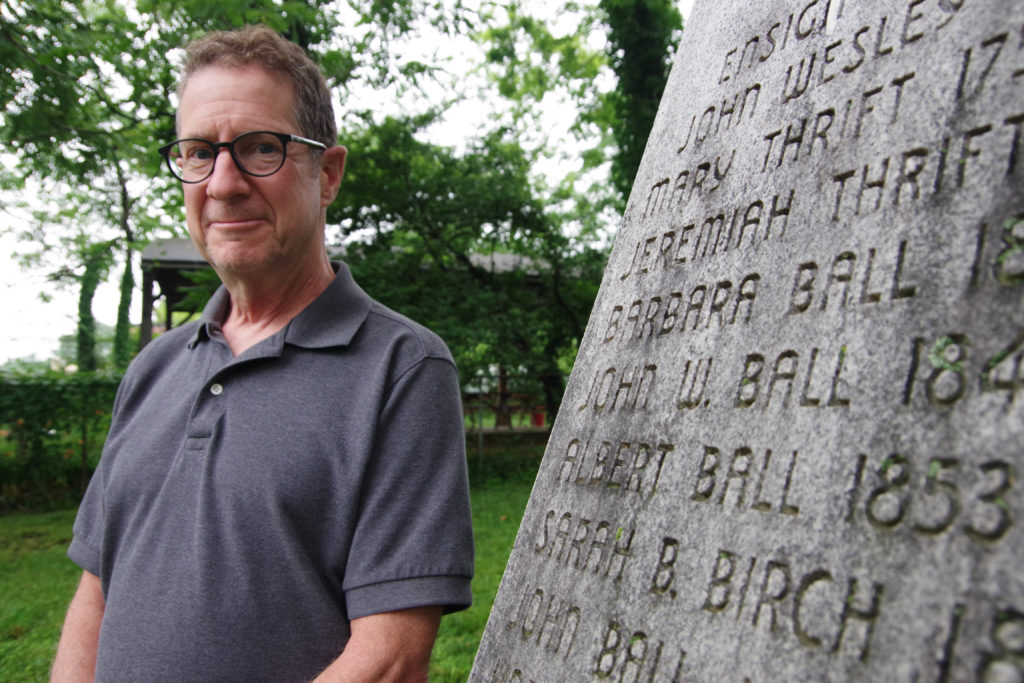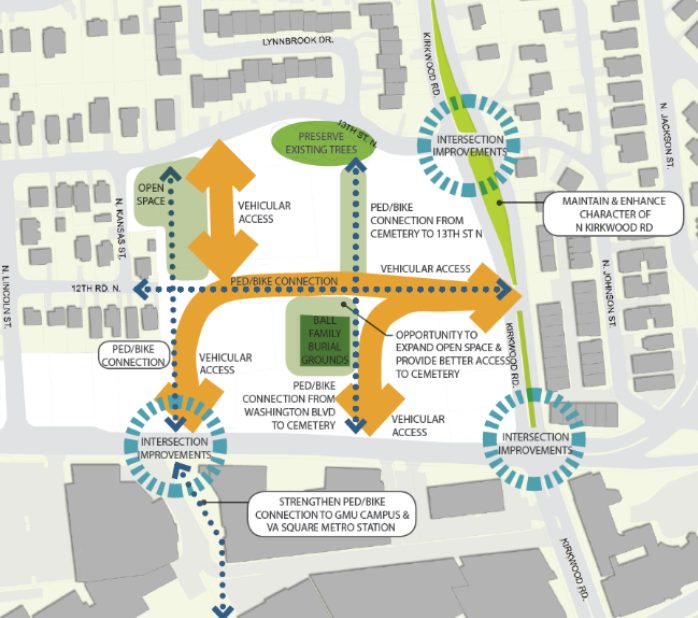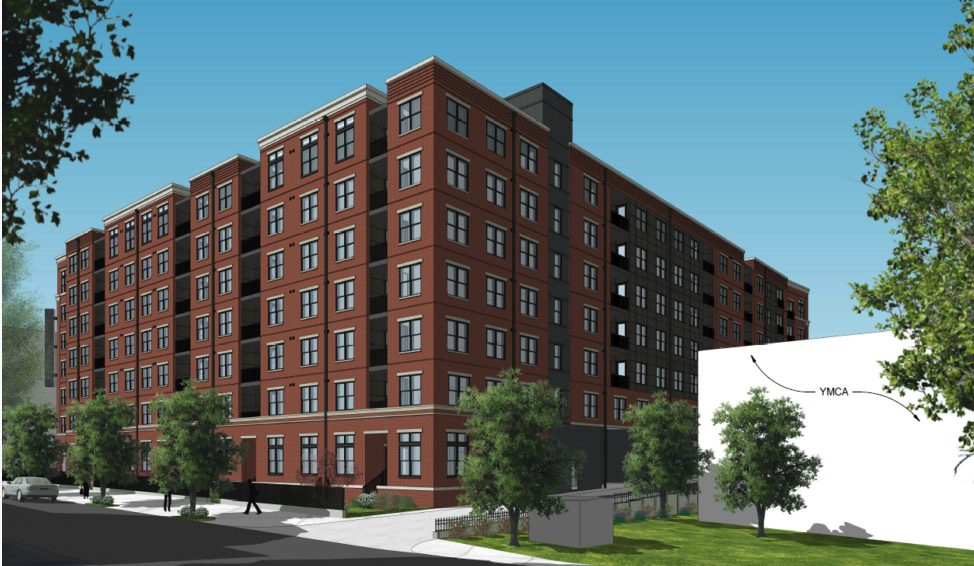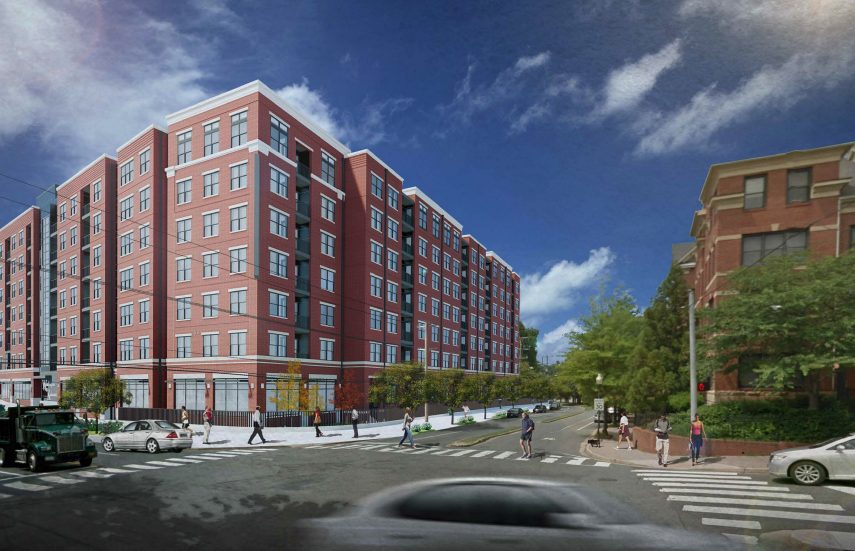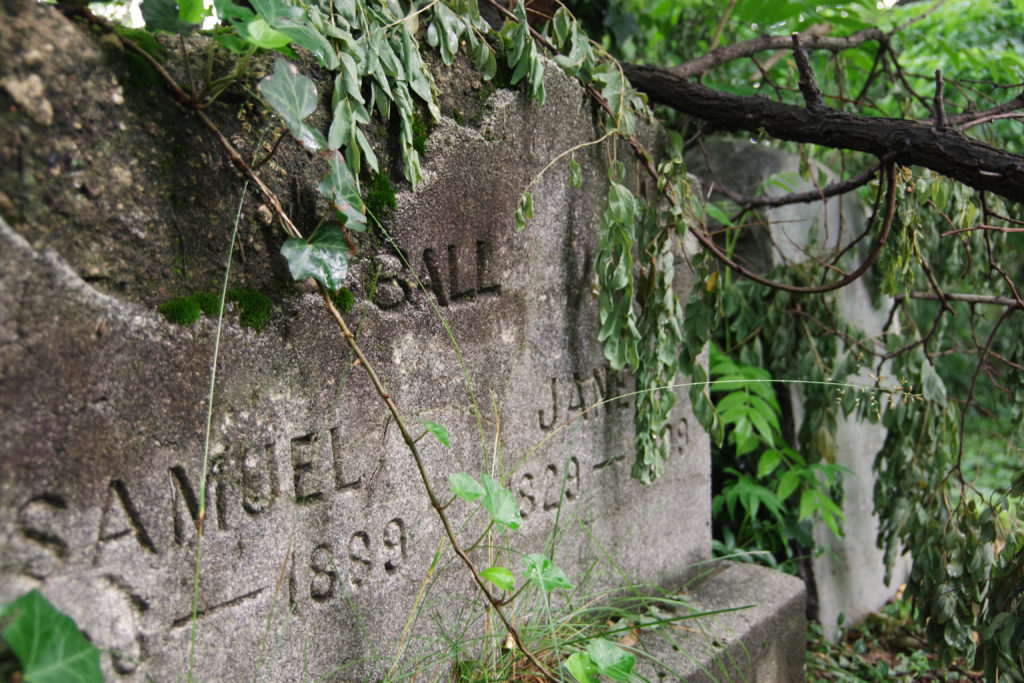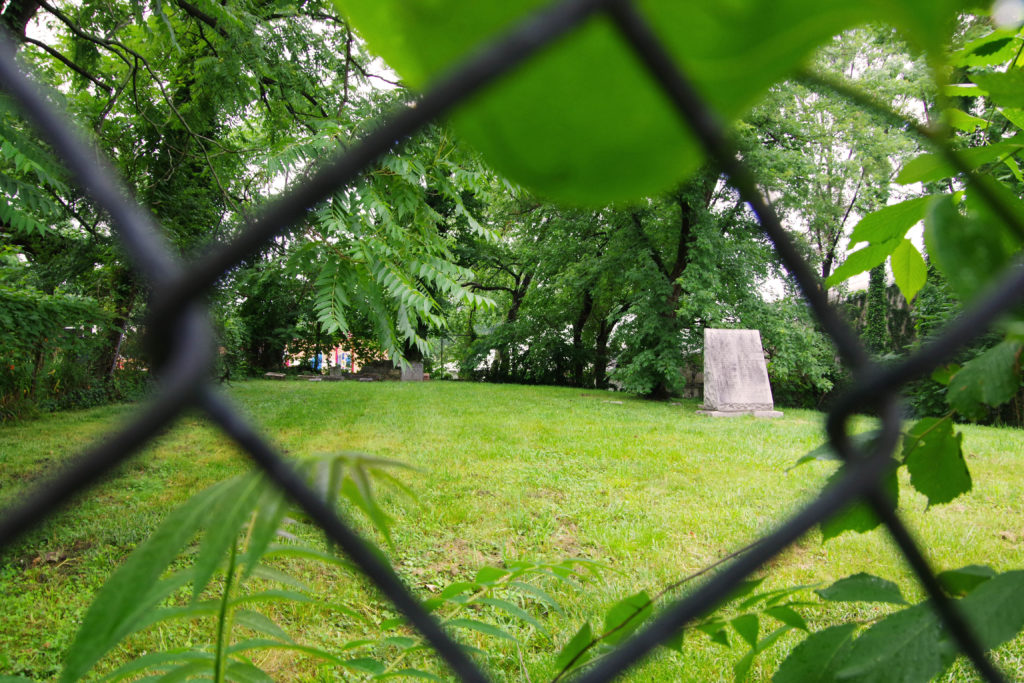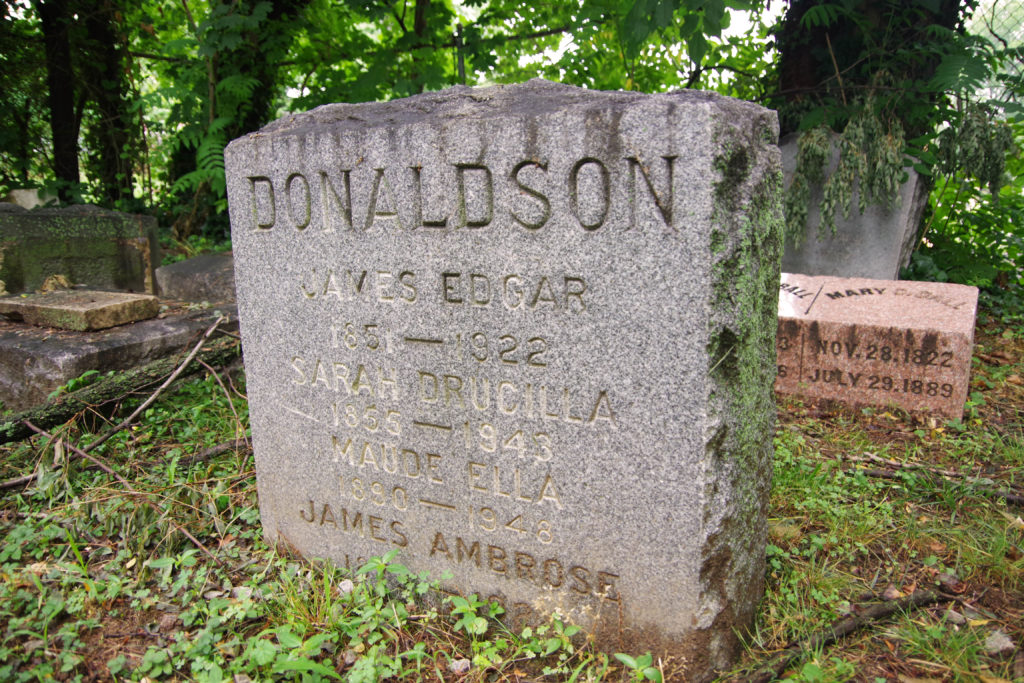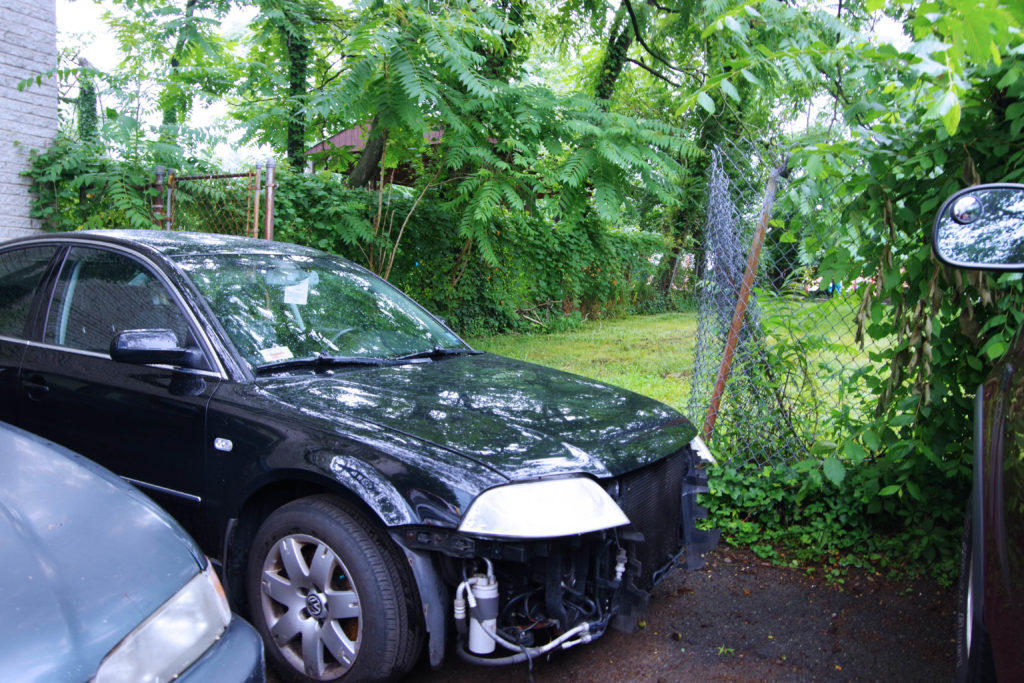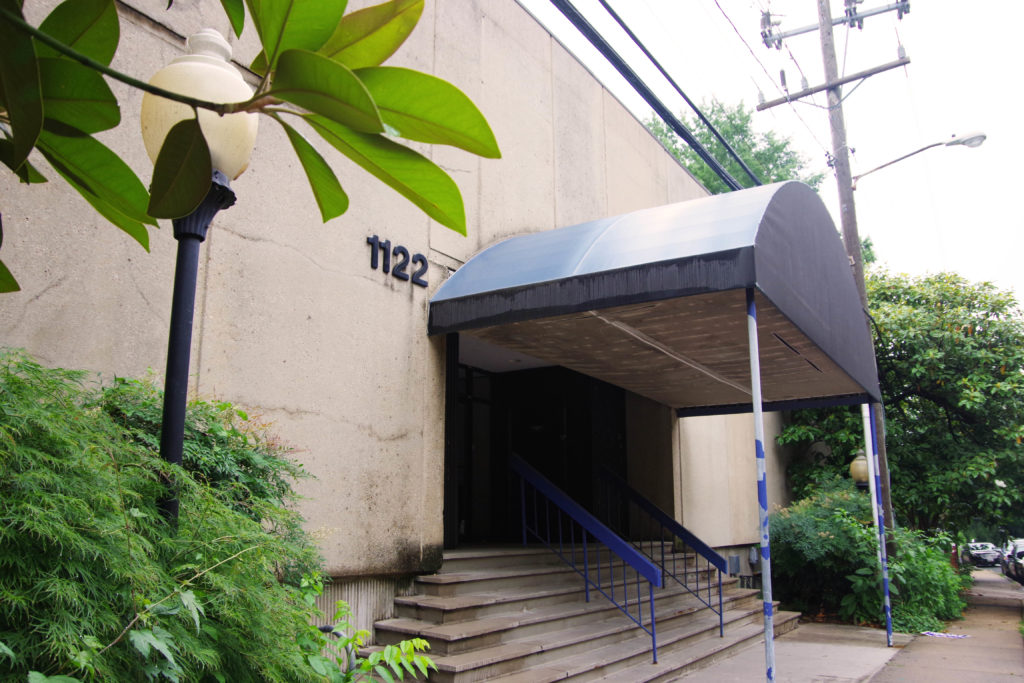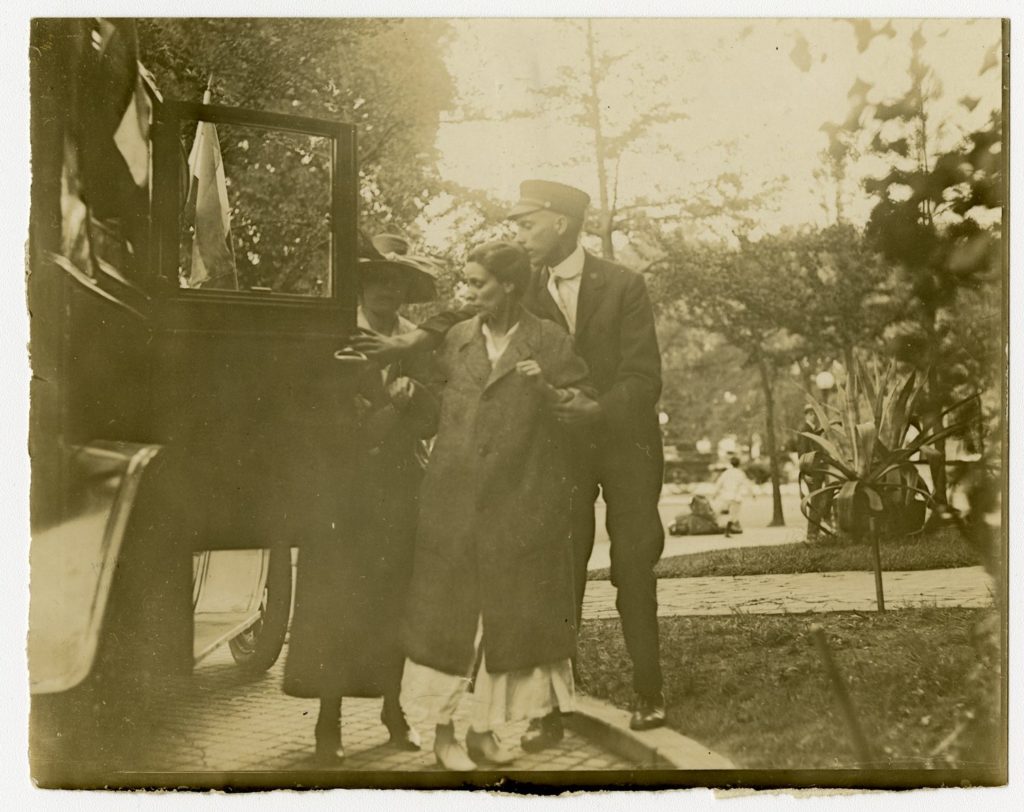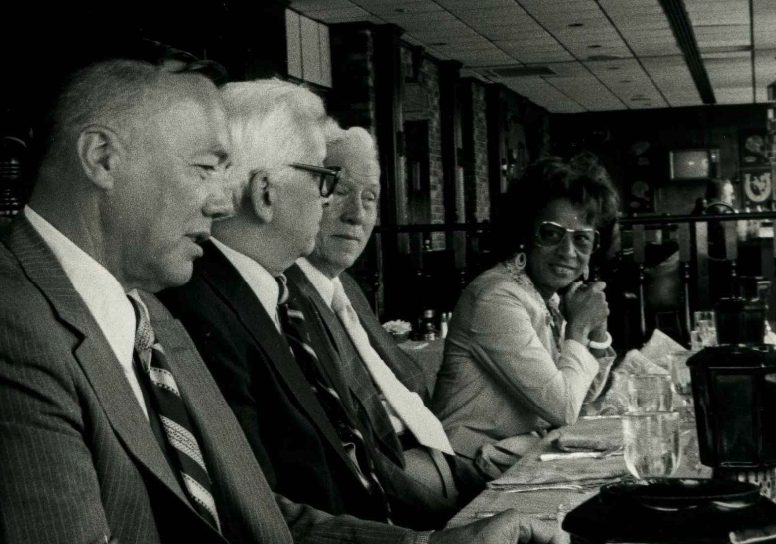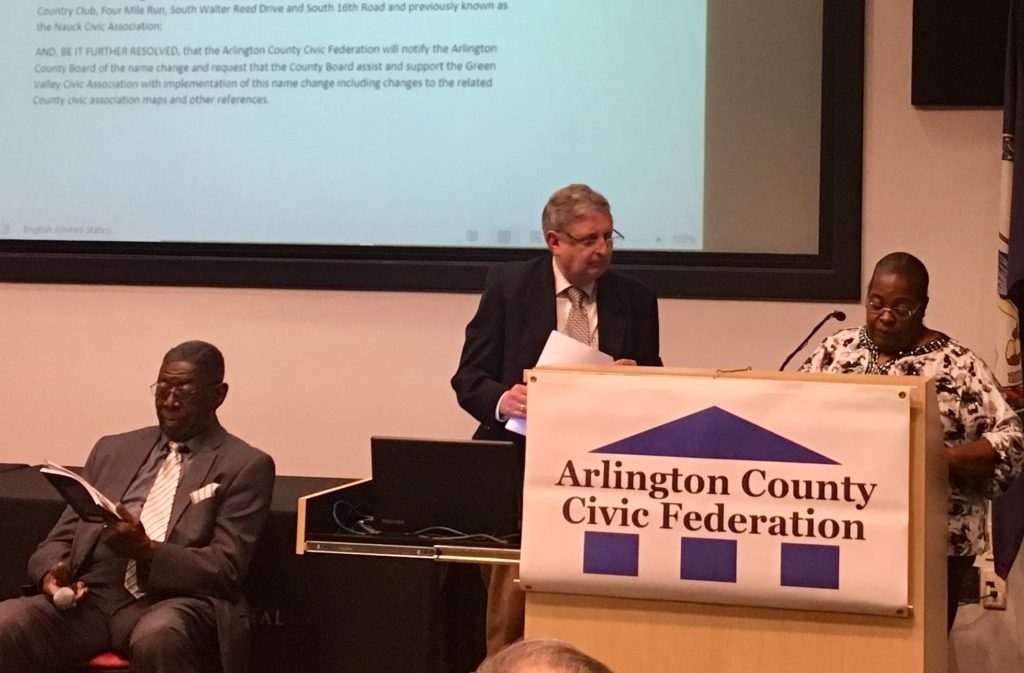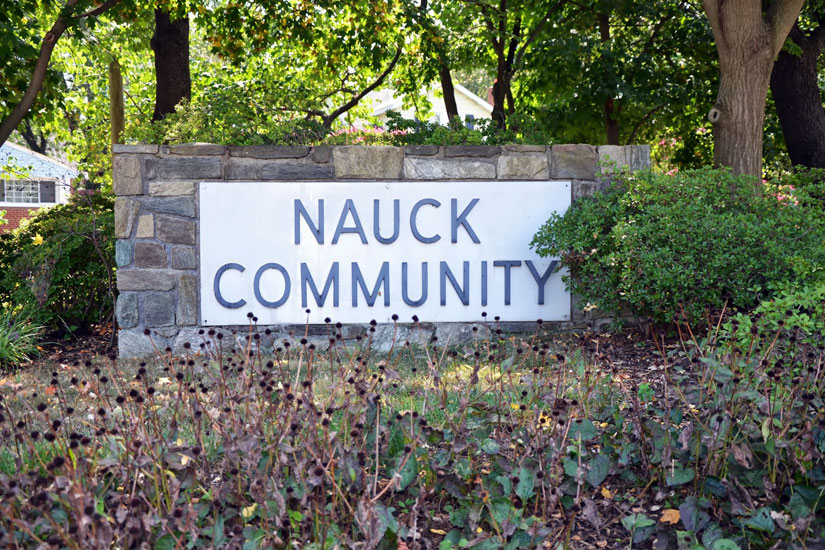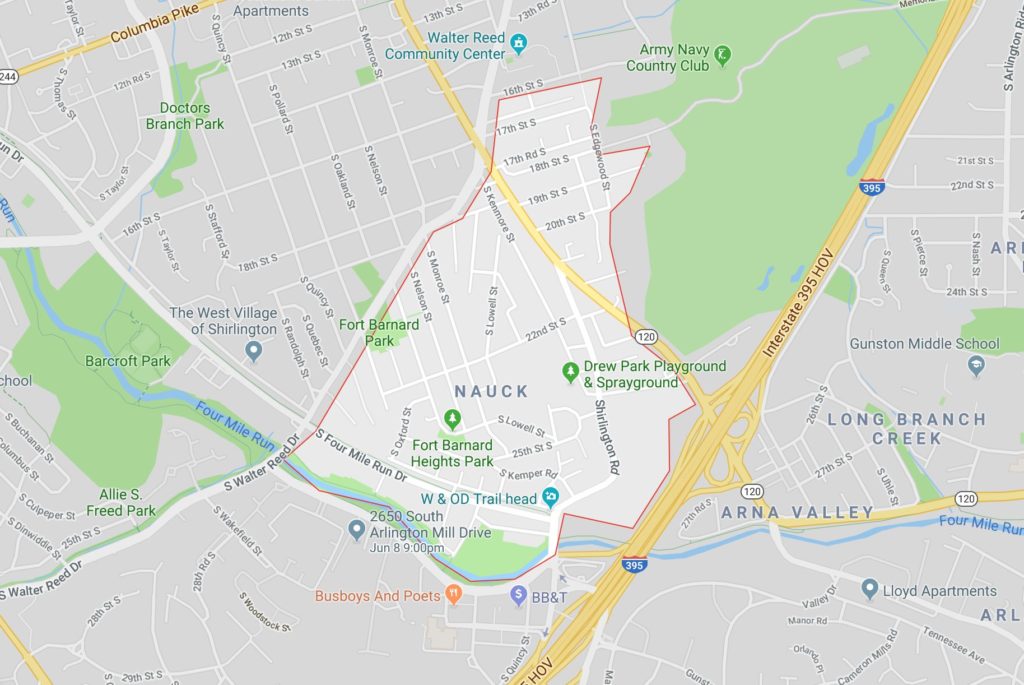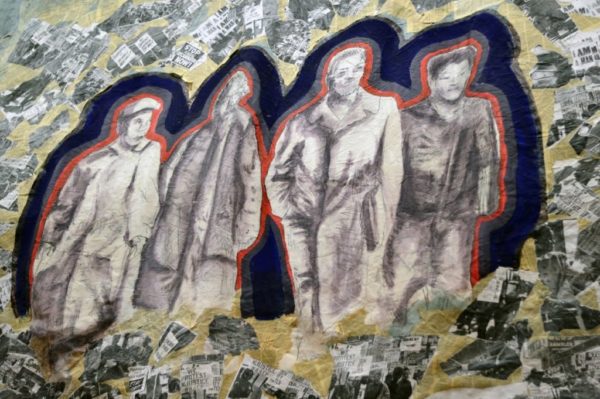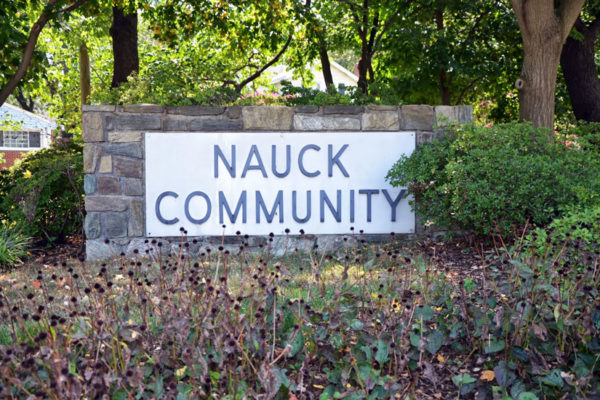
(Updated at 2 p.m) Some community leaders in Nauck are pushing to see the neighborhood’s name changed to “Green Valley,” arguing that an area so rich in African American history shouldn’t be named for a former Confederate soldier.
The historically black South Arlington neighborhood was founded, in part, by freed slaves. Yet it’s come to be known for John D. Nauck, a German immigrant who served in the Confederate Army, then purchased a total of 79 acres of land in the area in 1874 and 1875.
In an open letter to the Nauck community distributed Friday (Feb. 15), longtime civic leader Dr. Alfred Taylor argues that it is “inappropriate for the diverse community to venerate a person who fought to preserve slavery and whose memory evokes painful reminders of laws that segregated and excluded African Americans from public life.”
The county has been locked in some contentious debates over Confederate symbols across Arlington ever since the white supremacist violence in Charlottesville in August 2017 sparked a nationwide conversation about the issue. The School Board’s push to strip Robert E. Lee’s name from Washington-Lee High School proved to be an especially heated process, but Taylor suggested that other communities in the county should be “taking a page” from the Board’s example on this front.
It’s not yet clear how the process of renaming the neighborhood might proceed — the community’s civic association could look to simply change its own name, though there may be additional county approvals tied up in that process. But Nauck Civic Association President Portia Clark is at least circulating Taylor’s letter in a bid to receive feedback on the proposal, particularly given the persistent complaints from residents that the county has failed to listen to their voices.
In the letter, Taylor argues that Nauck residents increasingly support naming the neighborhood “Green Valley/Nauck” or just “Green Valley,” in a bid to honor the area’s original nickname.
The exact origins of the “Green Valley” name are uncertain — Taylor, once the head of the Nauck Civic Association and Arlington’s chapter of the NAACP, wrote that his extensive research into the area’s history suggests the name is linked back to James Green, who owned property on what is now the site of the Army-Navy Country Club.
Yet he writes that “Green Valley” name bears more of a link to the area’s African American history than it does to any one person. Levi and Sarah Ann Jones became famous as the first freed slaves to purchase property in the area back in 1844, and Taylor argues that they helped build up a community in the area and make the “Green Valley” name more widespread.
The area was occupied by the Union Army during the Civil War, and eventually became home to a “Freedmen’s Village” following the Emancipation Proclamation in 1863. Taylor also writes that the Jones family subsequently sold some property to other African American families, helping to establish the area as an enclave for Arlington’s black residents.
As Virginia officials increasingly embraced policies of segregation, the area became home to a large number of businesses owned by black residents, according to the Guide to the African American Heritage of Arlington County, prepared in 2016 as part of the county’s Historic Preservation Program.
Taylor pointed out that the area was “largely excluded from full participation in mainstream American political and social life and commerce” and so residents felt they had to “do for themselves.” Many of the businesses to spring up in the 1900s bore the “Green Valley” name, including the Green Valley Pharmacy, which the County Board designated as a historic district in 2013.
Nonetheless, Taylor argues that the name “Nauck” took hold among the “official Arlington” set in the 1970s — the county’s history of the area suggests that the name “Nauck” first appeared in reference to the area as far back as 1876, and that black residents referred to it as “Nauckville” dating back to the late 19th century.
But Taylor hypothesizes that the destruction of the manor on Green’s original property in 1924 helped contribute to the “Green Valley” name fading away, or perhaps that leaders at the time avoided referring to Green Valley because it was “extensively occupied and used throughout most of the Civil War by the Union Army.” The construction of many Confederate statues and monuments in the early 20th century has often been connected to efforts by white leaders to send a message to black residents, and Taylor suggests some of that could be at play in the decision to embrace a former Confederate soldier like Nauck.
While recounting that John D. Nauck held county positions like Justice of the Peace and “sold considerable property to African Americans,” the county’s heritage guide notes that Nauck fled Arlington in 1891 after his efforts to evict an African American resident were met with resistance.
Taylor also points out that community leaders like the Jones family or William Augustus Rowe (a leader within the “Freedmen’s Village” who later won political office) were passed over in favor of Nauck, and Taylor argues they also deserve consideration.
“We find no record or evidence linking Nauck to efforts to improve the quality of life for its residents,” Taylor wrote. “Look at many of the local, national and international contributions that were made by the residents under the banner of Green Valley… to let that name slip into nothingness would be a travesty to their memory.”
Clark did not immediately respond to a request for comment on the civic association’s next steps for considering Taylor’s proposal.
(more…)



